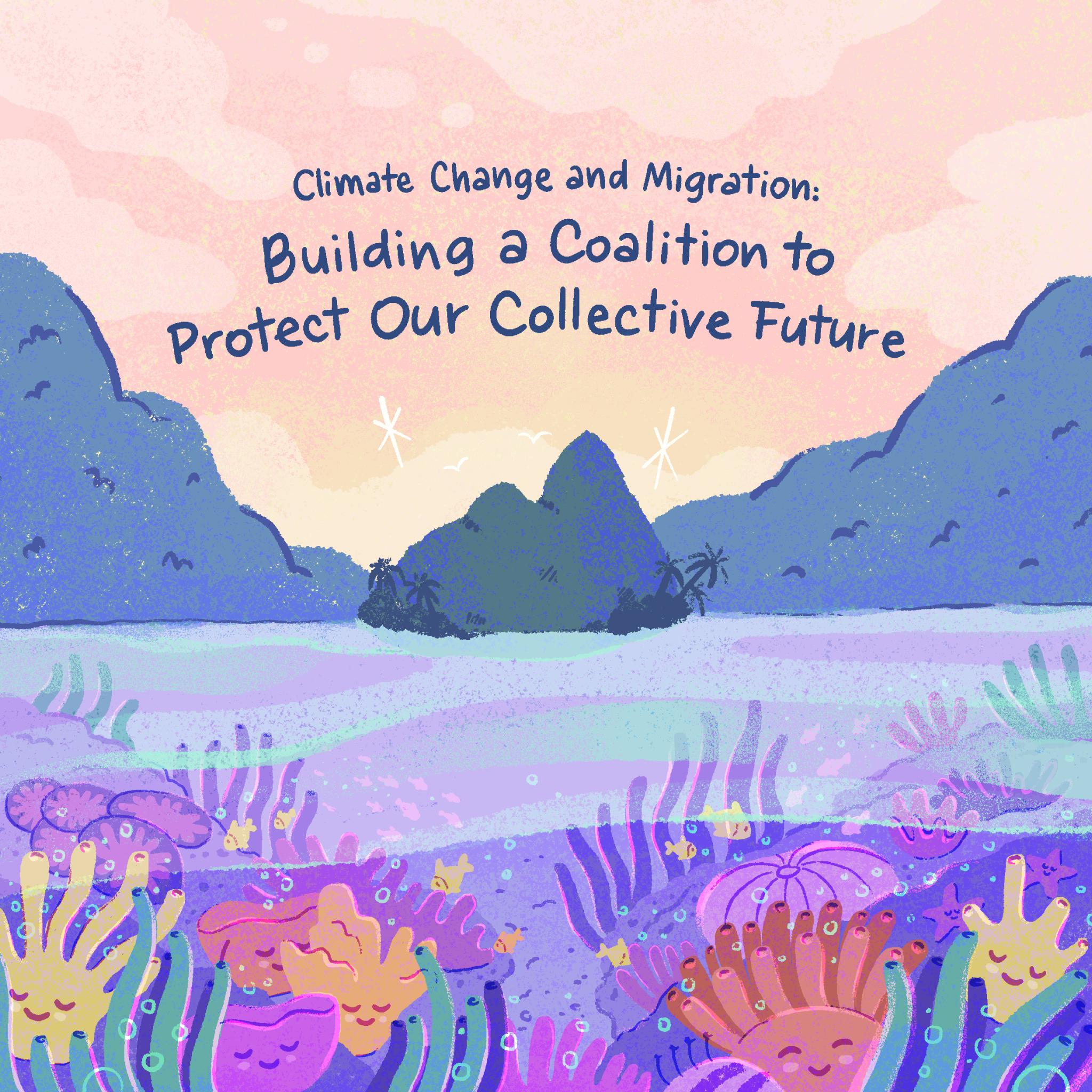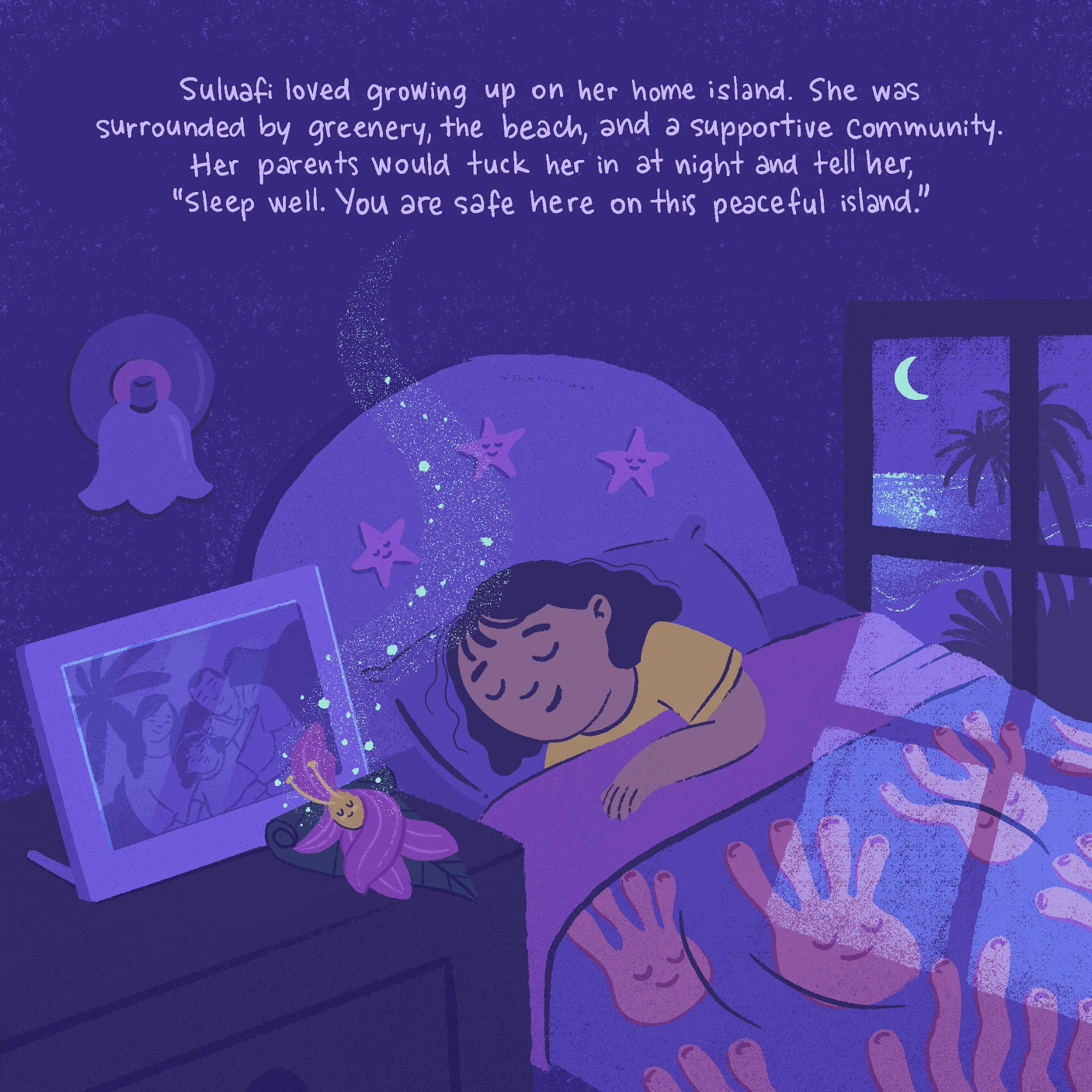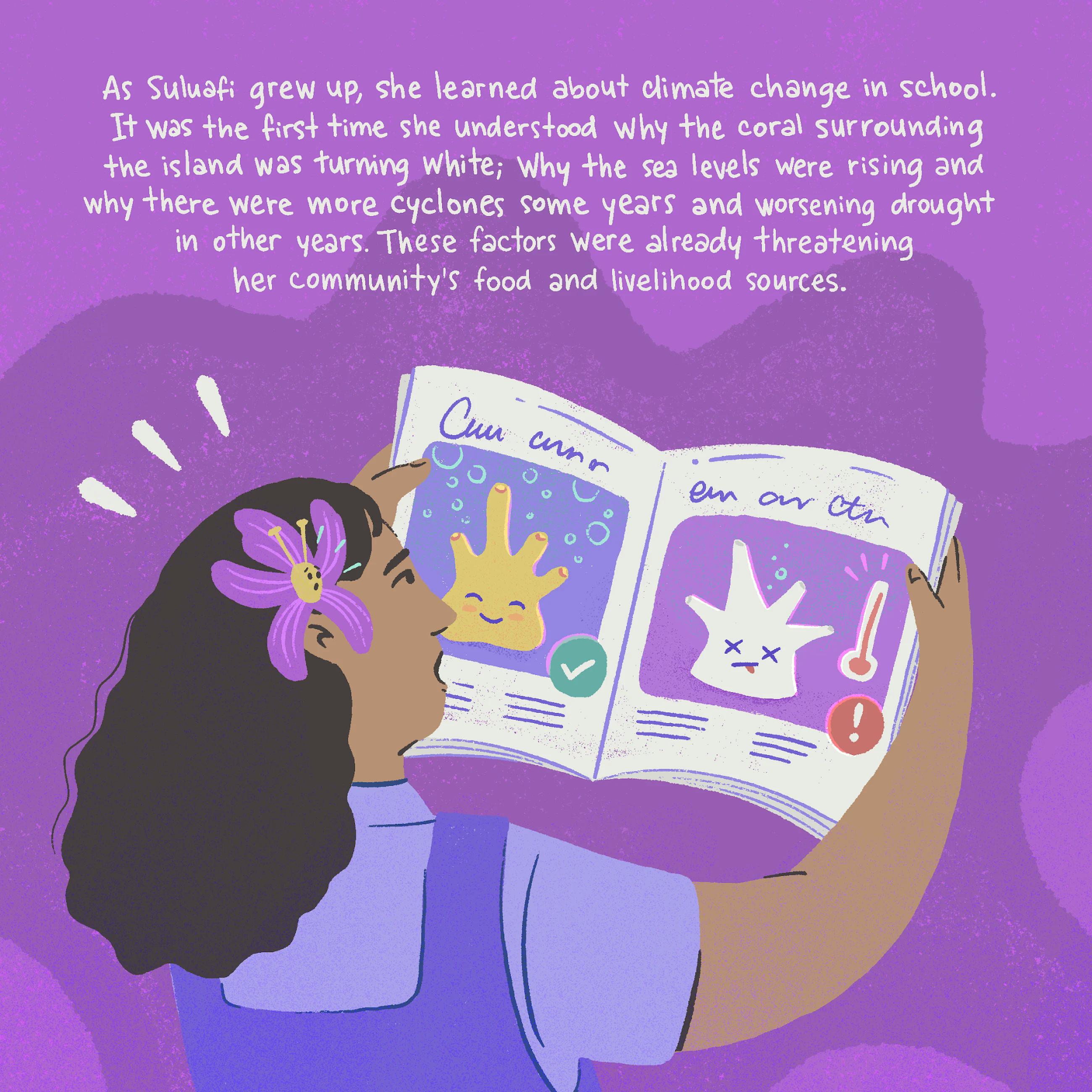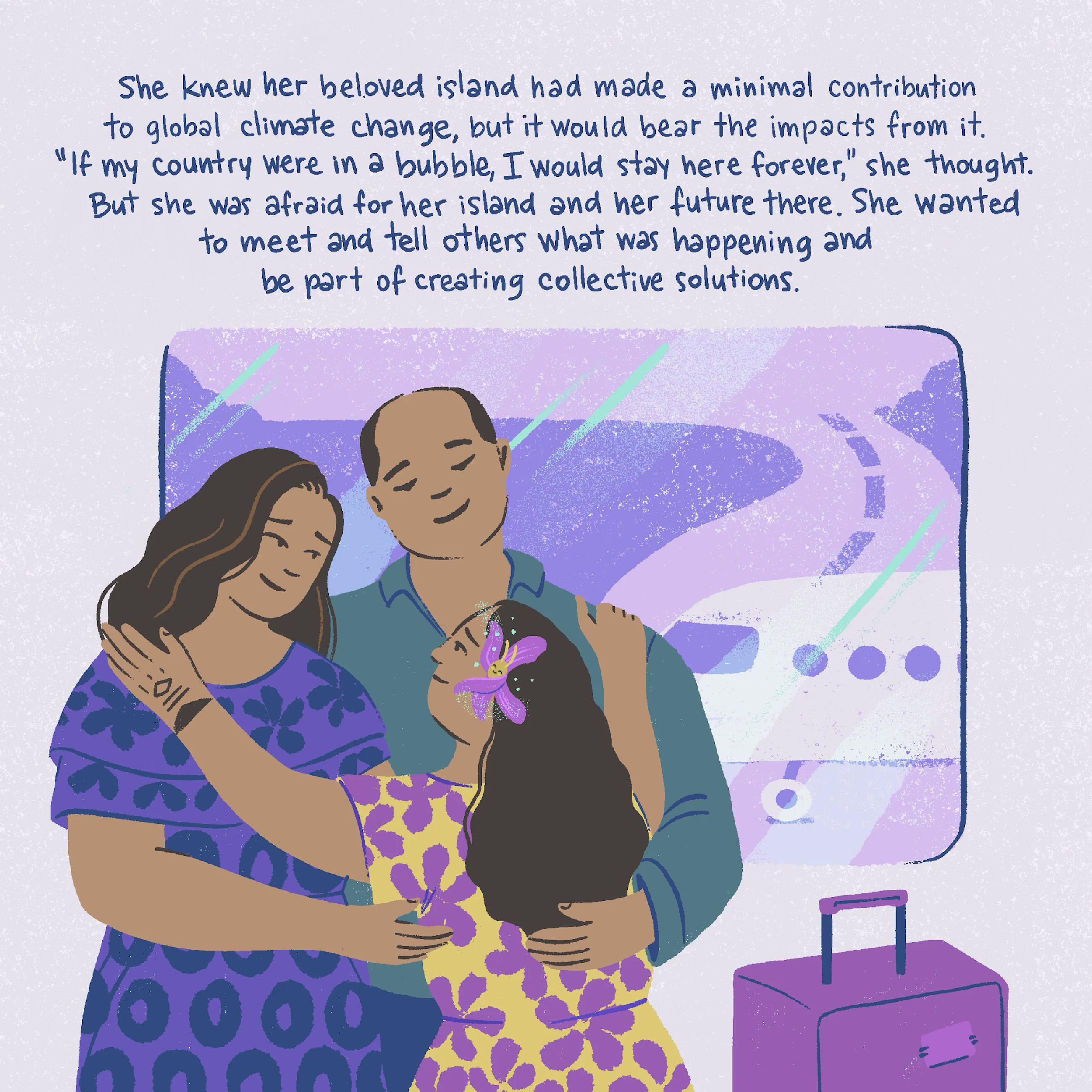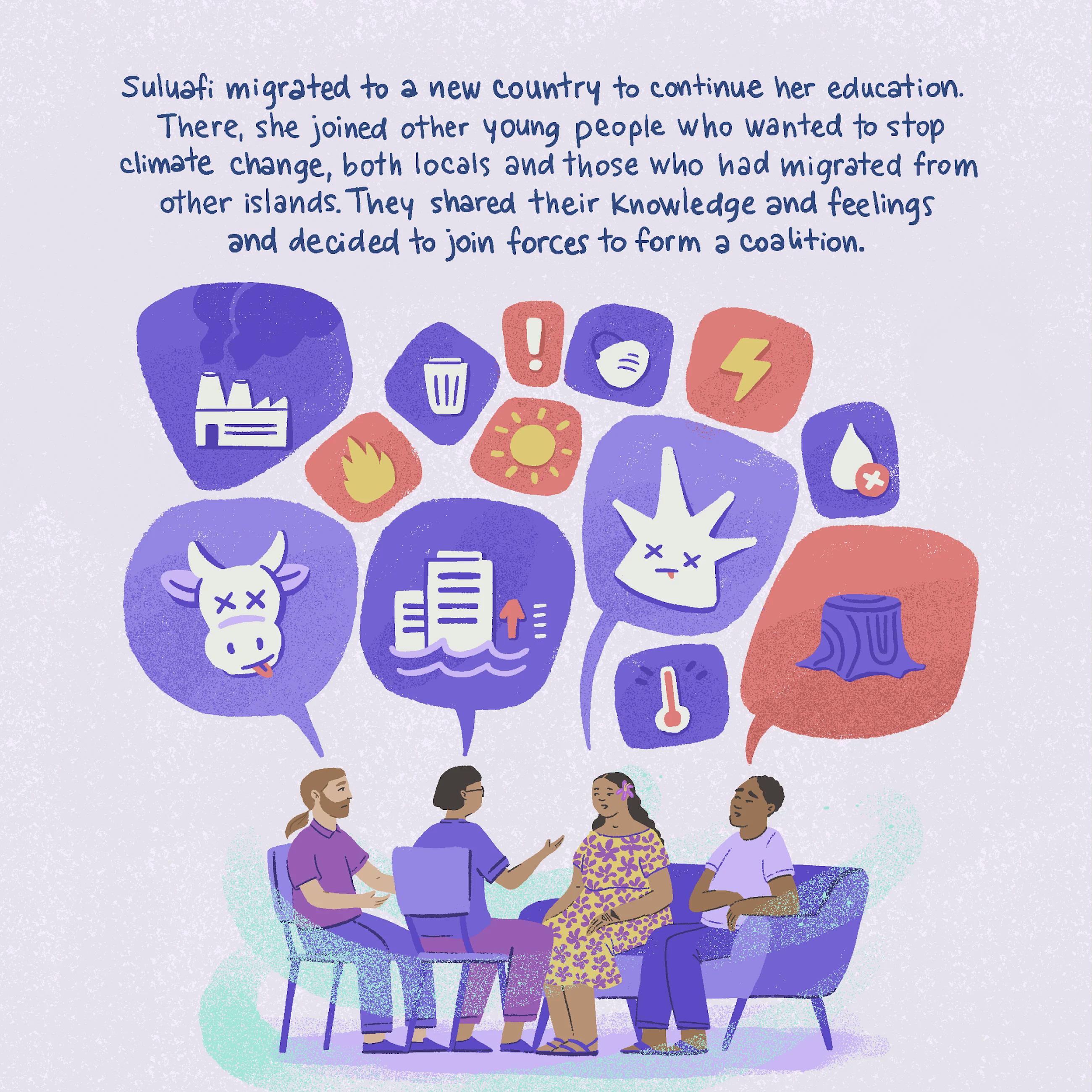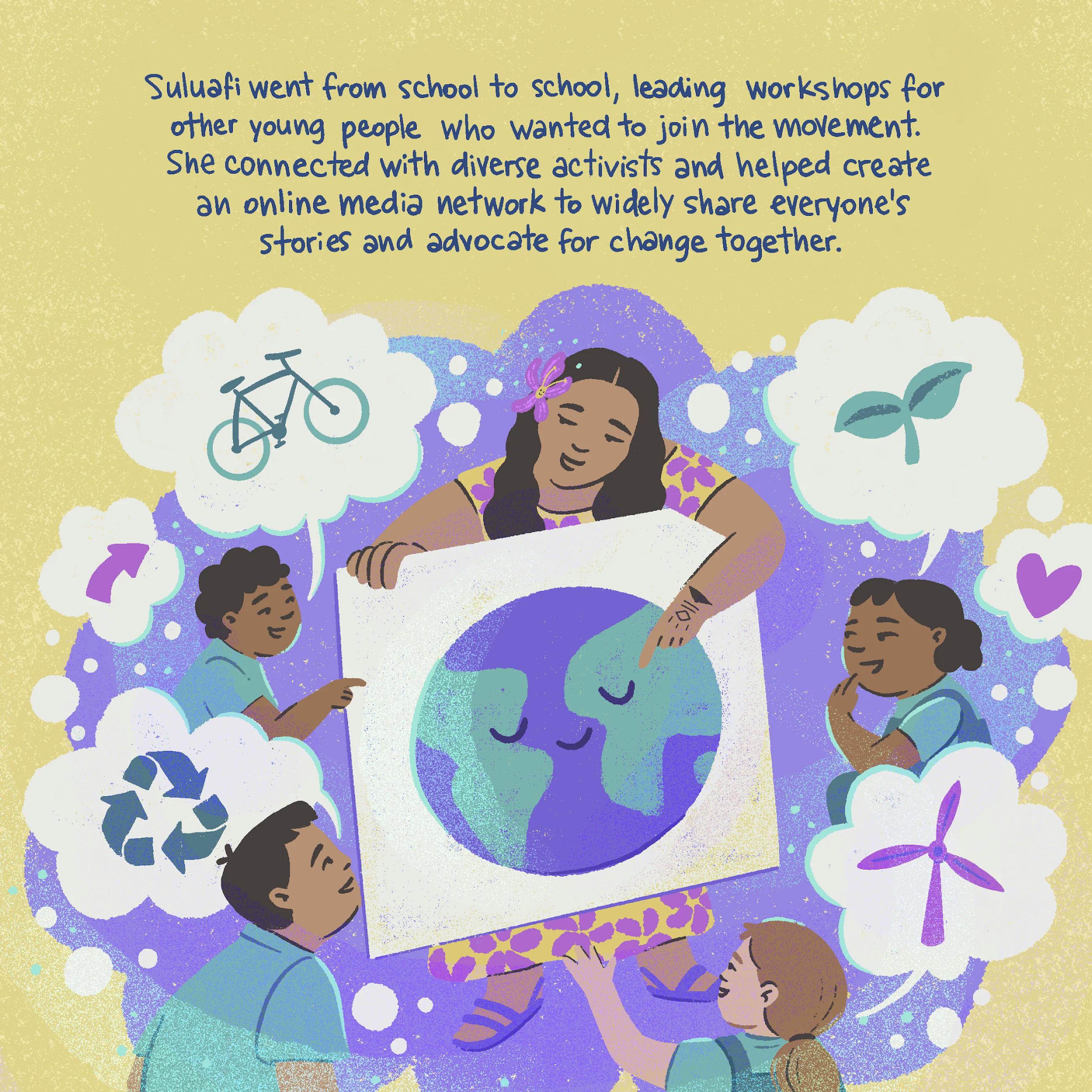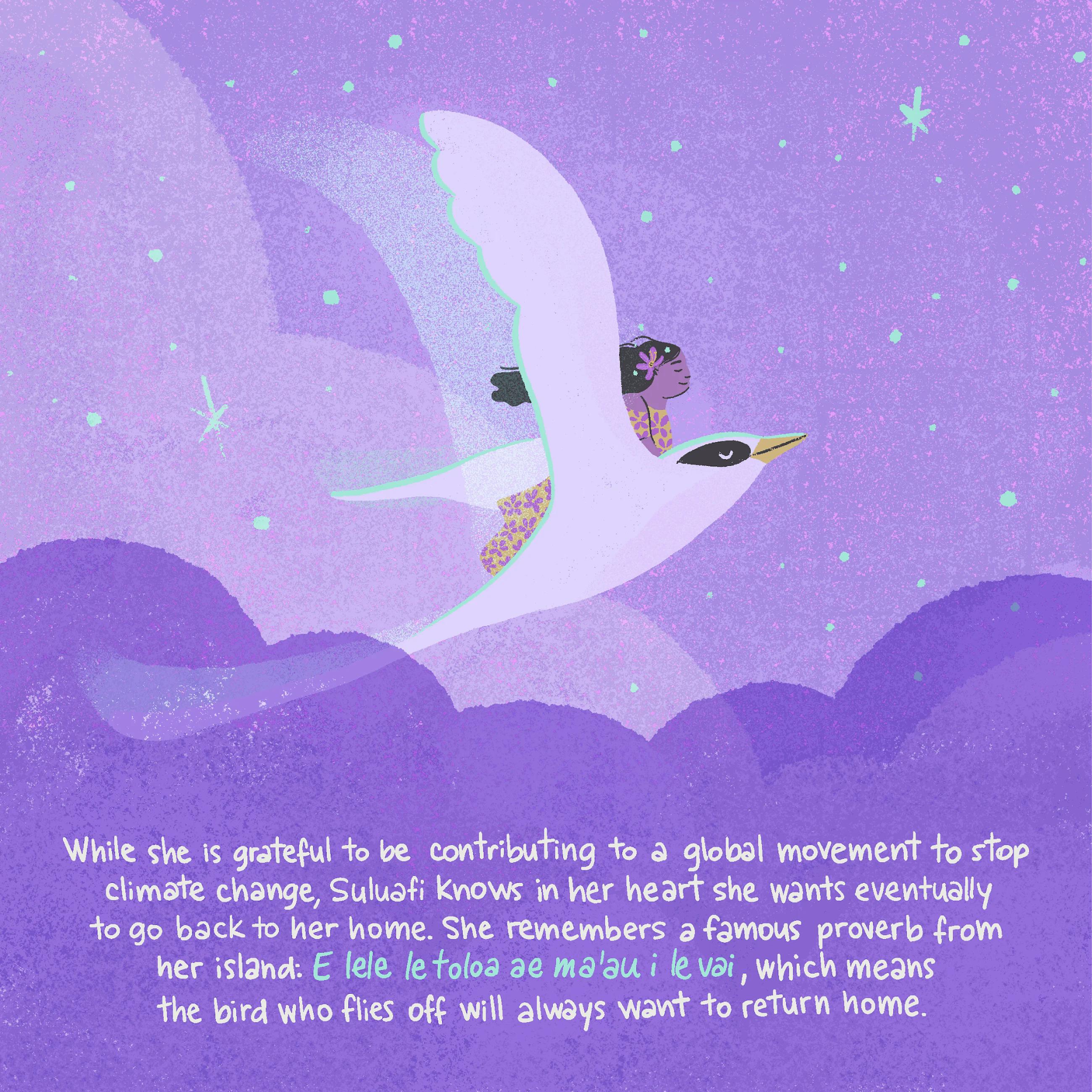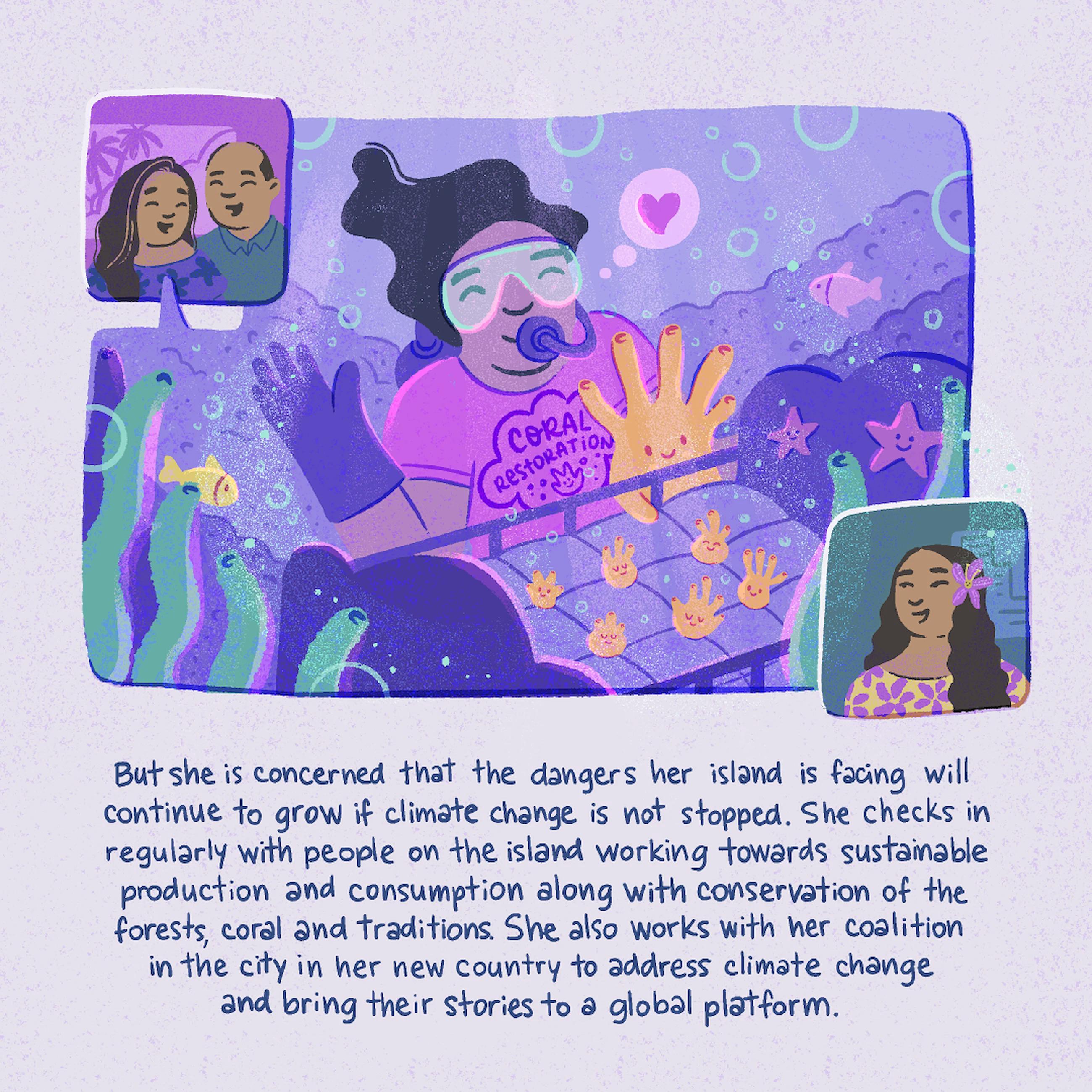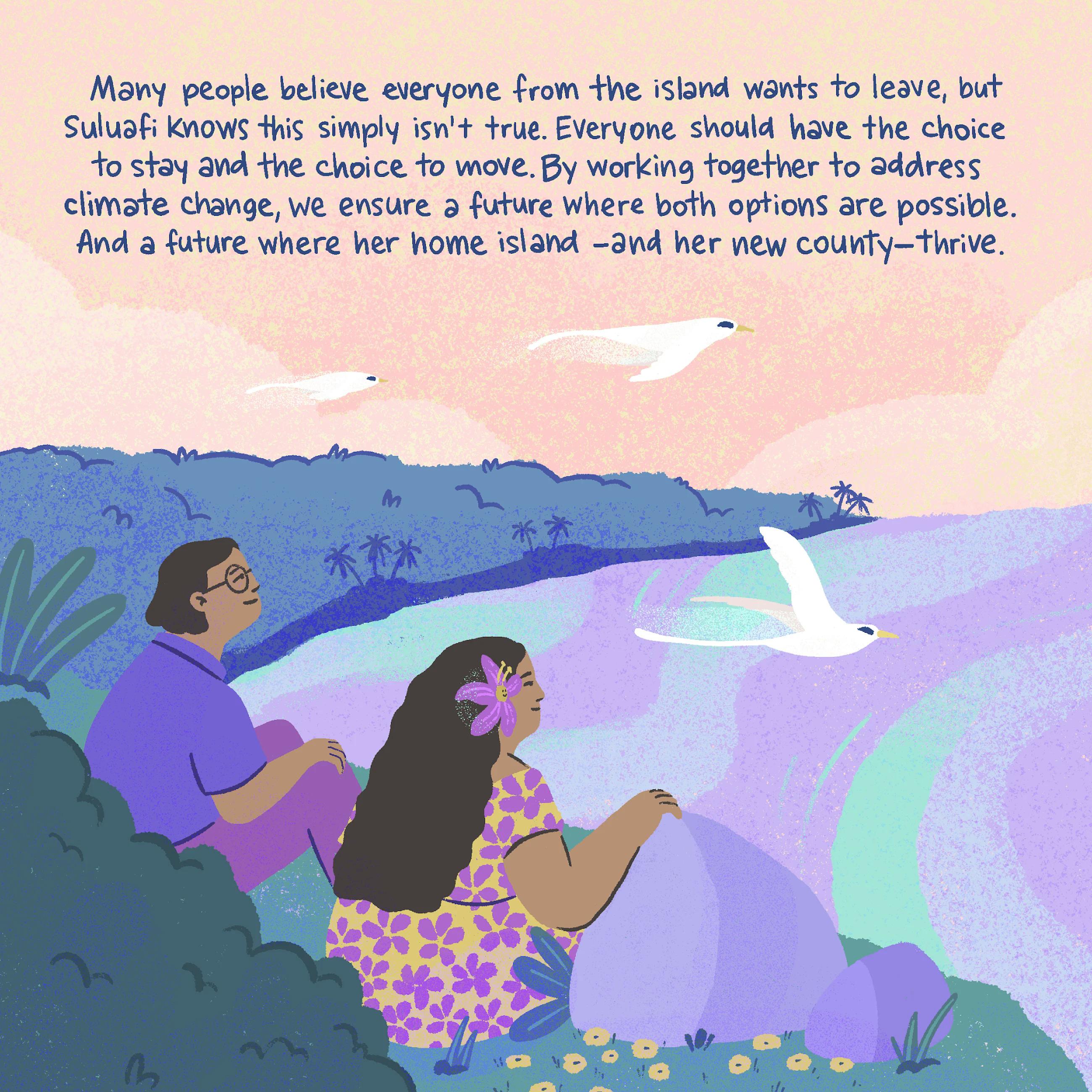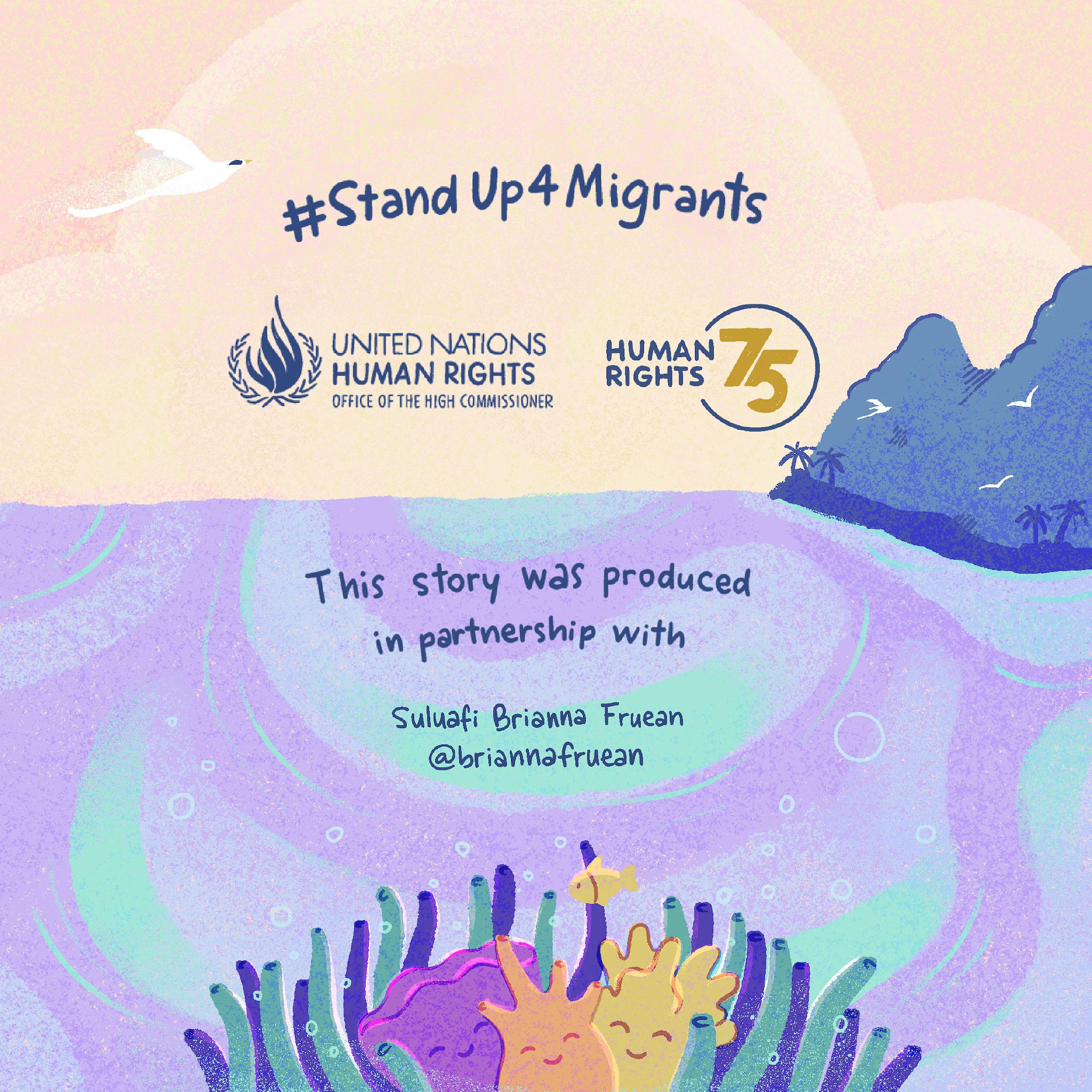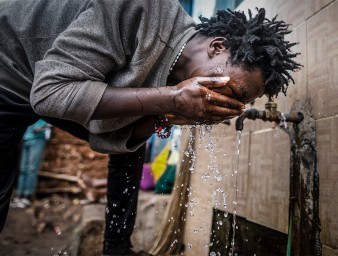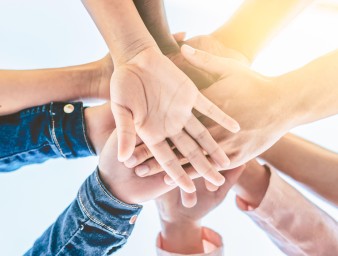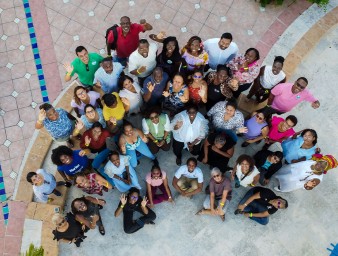Climate change and migration: Building a coalition to protect our collective future
02 November 2023
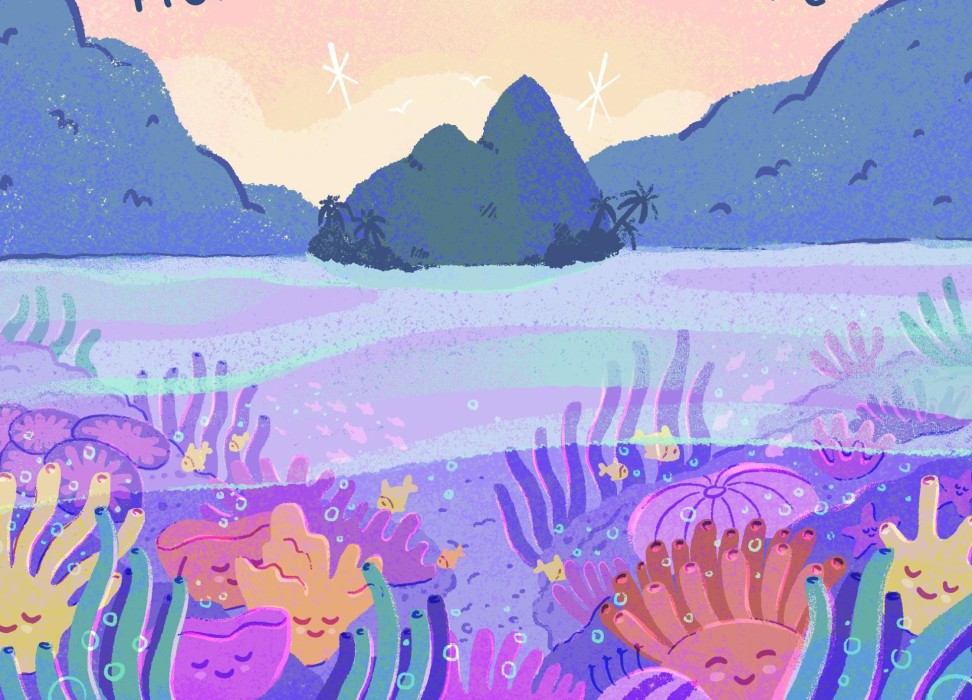
Many harmful narratives surrounding climate change and migration focus on the threat posed by climate change-induced migration. But these narratives can be divisive, and they can trigger fear.
UN Human Rights aims to change the narrative on migration and climate change by promoting hope-based stories of migrants and communities working together to address the adverse impacts of climate change.
These hope-based illustrations were created by Magda Castría, a feminist illustrator and graphic designer from Argentina. She produces editorial, animation, motion graphics and digital media projects focused on defending human rights.
Castría is devoted to spreading hope to make the world a better place for all species that inhabit it.
Together, using stories like these, and celebrating the power of community, we believe we can create local solutions to climate change.
To find out more about how to help change the narrative on migration and migrant human rights, visit the UN Human Rights Toolbox.
